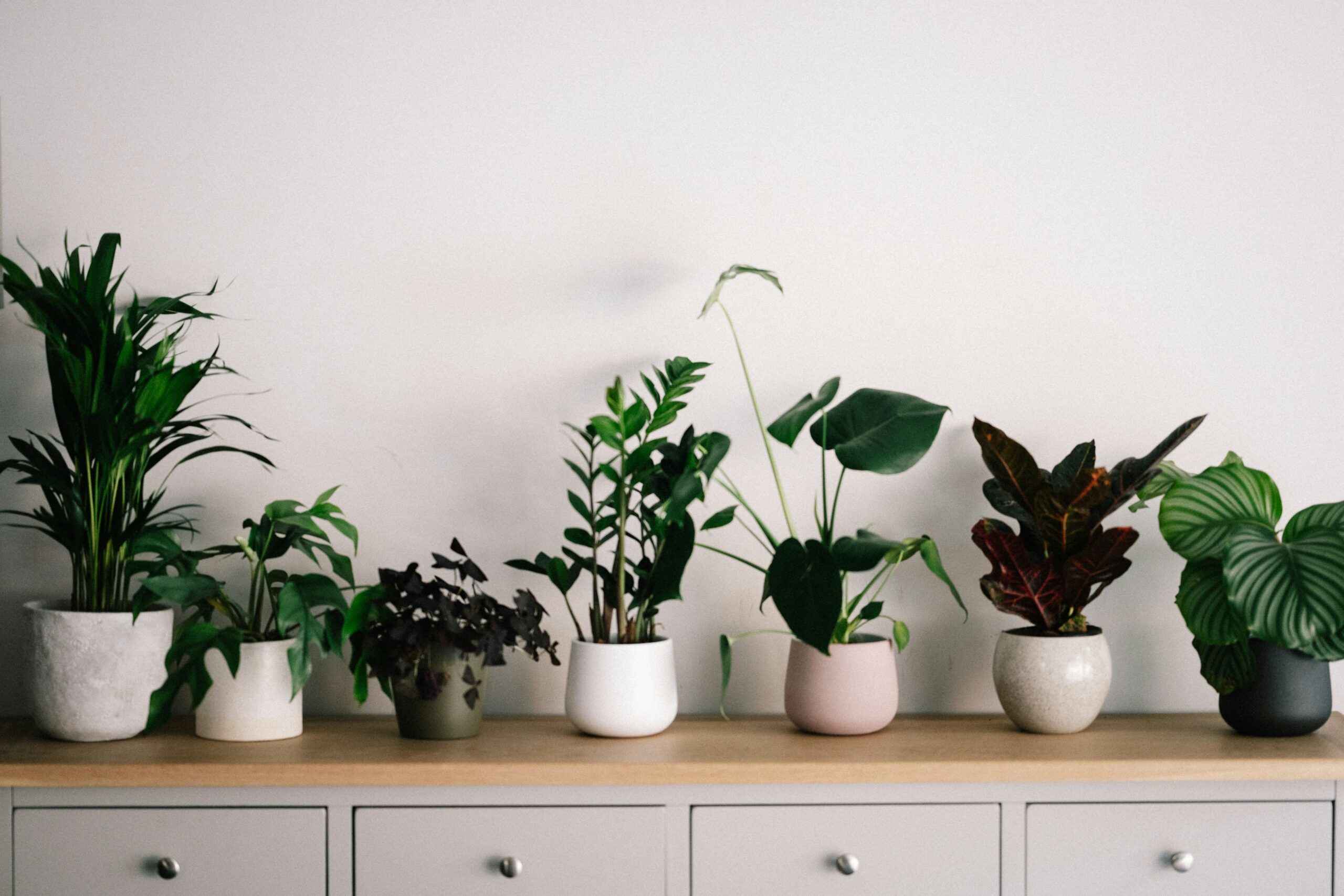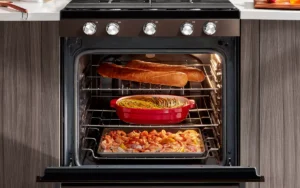Whether you’re a seasoned plant parent or just dipping your toes into the greenery game, one thing’s for sure – keeping your leafy friends happy and healthy is key to creating a vibrant and inviting space. In this ultimate guide to indoor plant care, we’ll explore everything you need to know to become a bona fide plant whisperer. So grab your watering can and let’s get started!
Choosing the Right Plants
First things first, let’s talk plant selection. When it comes to choosing indoor plants, it’s essential to consider factors such as light levels, humidity, and your own schedule. Opt for low-maintenance varieties like pothos, snake plants, or ZZ plants if you’re a busy bee or new to the plant game. For those craving a challenge, dive into the world of fiddle leaf figs or calatheas – just be prepared to put in a little extra TLC.
Lighting Matters
Like humans, plants need light to thrive. But not all light is created equal! Before bringing home a new plant, assess the lighting conditions in your space. South-facing windows typically provide the brightest light, while north-facing windows tend to be lower in intensity. Choose plants that match your home’s lighting situation – think succulents for sunny spots and ferns for shady corners. And don’t forget to rotate your plants periodically to ensure even growth!
Water Wisely
Ah, the age-old question: How much water does my plant need? While it may seem like a mystery, the key to watering success lies in observation. Get to know your plant’s watering needs by checking the soil moisture regularly – stick your finger about an inch into the soil, and if it feels dry, it’s time to water. Remember, overwatering is the number one killer of indoor plants, so when in doubt, err on the side of underwatering. Your plants will thank you for it!
Feed Me, Seymour!
Just like humans need nutrients to thrive, so do plants! While soil provides some essential nutrients, fertilizing your plants periodically can give them the extra boost they need to grow big and strong. Opt for a balanced liquid fertilizer and follow the instructions on the label – less is often more when it comes to feeding your leafy friends. And remember to fertilize during the growing season (usually spring and summer) when your plants are actively growing.
Pest Patrol
Nobody likes uninvited guests, especially when they’re munching on your plants! Keep pesky pests like aphids, spider mites, and mealybugs at bay by inspecting your plants regularly for signs of infestation. If you spot any critters, don’t panic – there are plenty of natural remedies to send them packing. From neem oil spray to homemade insecticidal soap, there’s a solution for every pest problem. Just be sure to treat your plants in a well-ventilated area and follow the instructions carefully.
Pruning and Propagation
Pruning isn’t just for haircuts – it’s also essential for maintaining healthy indoor plants! Regularly prune dead or yellowing leaves to encourage new growth and prevent disease. And if you’re feeling adventurous, why not try your hand at propagation? Many indoor plants can be propagated from stem cuttings or leaf cuttings, allowing you to expand your plant collection without breaking the bank. It’s a win-win!
Creating Humidity Heaven
Indoor environments can be notoriously dry, especially during the winter months when the heater is cranked up. But fear not – creating humidity heaven for your plants is easier than you think! Grouping plants together, using a humidifier, or placing a tray of water-filled pebbles near your plants can help increase humidity levels and keep your leafy friends happy. Plus, who doesn’t love a little extra moisture in the air?
Listen to Your Plants
Last but certainly not least, listen to your plants – they’re excellent communicators! Pay attention to any changes in leaf color, texture, or growth patterns, as these can be indicators of your plant’s health and well-being. Is your plant drooping? It might be thirsty. Yellowing leaves? It could be a sign of overwatering. By tuning in to your plant’s needs and responding accordingly, you’ll become a master plant parent in no time.
In conclusion, indoor plant care doesn’t have to be daunting – with a little know-how and a whole lot of love, anyone can create a thriving indoor jungle. So go ahead, embrace your inner plant parent and let your leafy friends bask in the spotlight. With the tips and tricks outlined in this guide, you’ll be well on your way to green thumb greatness in no time. Happy planting!









